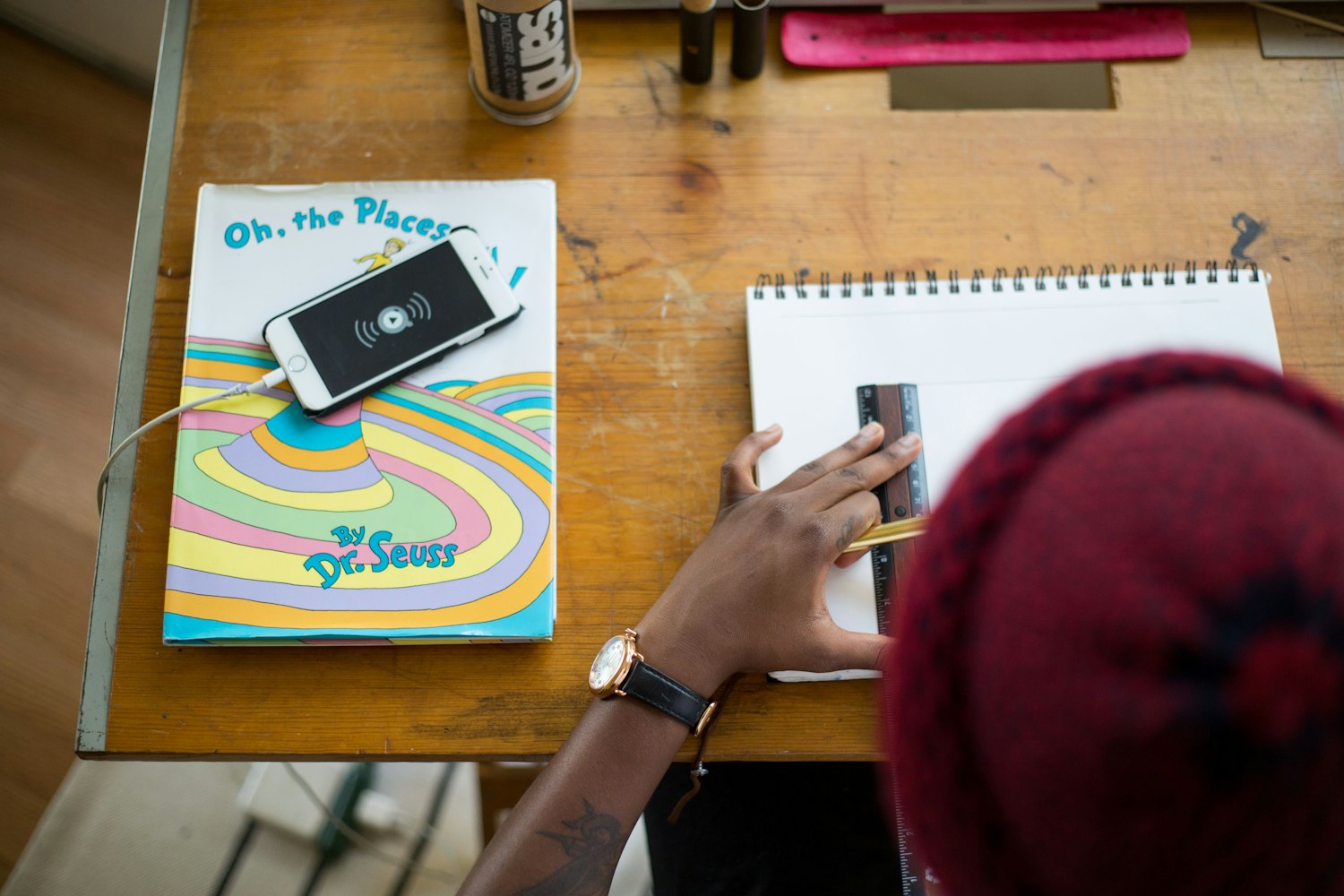What time are assignments due for your class? Most learning management systems (LMSs) have a default time of midnight. But do assignments need to be submitted by midnight? Why is that the magic hour?
I'm on a mailing list from Faculty Focus, a resource for instructors in higher ed. Today's email had the subject "Cinderella Deadlines." I thought that was clever enough to click the link to this article: Cinderella Deadlines: Reconsidering Timelines for Student Work. It's good stuff, and it echoes much of what I do for my own courses, most of the time.
Why have assignments due at midnight? It's not like I'm sitting there waiting to get started on the grading at the stroke of 12, after all! So why not reimagine due dates a bit?
For my face-to-face courses (and the hybrid-flexible courses I'm teaching this semester) I set my assignments to be due by class time. If class starts at 9:25 a.m., assignments are due at 9:25, right? Makes sense.
So now I'm reflecting on my practices for online courses. I generally an approach more like the "due dates are arbitrary and give a nudge for the procrastinators" (like me.) What I mean by this is, I know often need a deadline as a student, or else the tyranny of the urgent means other things will crowd out the assignment in question. So I do have due dates...but I'm generally pretty easy on these. If a student doesn't have the work in at a particular time, does that mean they didn't learn the concepts?
I know, I know...work habits and all that business. Yes, there are external obligations and students do need to learn to comply with those obligations. But in all seriousness...most due dates are arbitrary and are set for the teacher's convenience.
My encouragement: use due dates in your LMS to set deadlines...but be gracious. I suspect most of us would respond well to a little extra grace in our own lives, yeah? So as long as there isn't some compelling reason that a particular assignment must be submitted by 9:25 a.m. (or midnight?), maybe a little flexibility could be a blessing for a student in your life?
 |
| Image by Rishabh Agarwal via Unsplash |
---
(This post is part of a series offering tips on distance teaching. You can read more about this project here: Distance Teaching Tips. You can also read all of the posts in this series here: Distance Teaching Tips Series.)

















